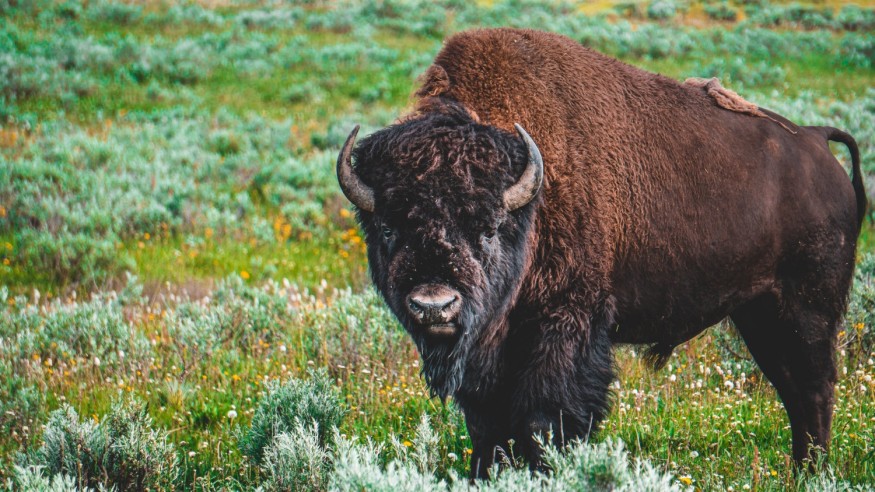
Due to their capability to transform the local ecosystem, the bison is recently reintroduced in the Russian Arctic.
According to a Live Science report, the bison will take the role of the extinct mammoth in altering the ecosystem.
A total of 12 plains bison have arrived at Ingilor Nature Park, which is considered as a protected area covering more than 2.2 million acres or 900,000 hectares in the northern Yamal-Nenets Autonomous Area. These animals had traveled 5,000 miles or 8,000 kilometers from a nursery that is located in Denmark.
The bison, or also known as buffalos, will have to undergo quarantine first for a month before they will fully be reintroduced.
Grazing, recycling nutrients
In a statement, the Yamal-Nenets Autonomous Area Department of Natural Resources and the Environment explained that these buffalos could easily adapt to the Arctic region because it is considered as their natural habitat.
Experts said that they could take the role of mammoths, which already became extinct 11,000 years ago.
Studies have shown that the steppe bison and the wooly mammoths lived in the Russian Arctic during the late Pleistocene period or around 2.6 million to 11,700 years ago.
A small portion of the damaged mammoths luckily survived in an island off Alaska, however, they also died at the end of the ice age or the period when the climate became warmer and the shrubs and trees grew instead of the grassy plains.
Experts believed that the animals that roamed across the frigid plains had made significant contributions when it comes to shaping the landscape. They did this through grazing and recycling nutrients.
In June of this year, some wild bison were observed to be thriving anew in an area in western Canada, a Phys.Org report said. Following their reintroduction, the ancient ecosystem in the area was reactivated, with grasslands being able to regenerate and better store carbon and water.
Further, the presence of these buffalos makes them more resilient to drought phenomenon.
Restoring Pleistocene landscape
There is a move to rehabilitate and restore the Pleistocene landscape, prompting experts to reintroduce the bison or buffalos. The reintroduction of the bison in the Russian Arctic was actually part of the project dubbed as Pleistocene Park.
Since 2019, bison from Denmark has been transferred in the region.
"For our rewilding efforts we are bringing to the Arctic animals which either lived here during the ice age or those who could live here in the modern climate," Nikita Zimove, director of the said project, told Live Science.
Experts said that in the Arctic region, permafrost cover had been vulnerable to melt, and the melting permafrost later released stored greenhouse gas. The introduction of large herbivores could actually help protect the permafrost.
Moving the animals is a method to restore high productive grazing ecosystems in the Arctic region that will actually mitigate and address impacts of climate change.
Still, there were concerns that the ecosystem at present may no longer be suitable for large herbivores because the climate is much warmer and wetter.
Related Article : Genetically Pure Bison Still Exist; Provide Stronghold For Conservation
Related Video:
© 2025 NatureWorldNews.com All rights reserved. Do not reproduce without permission.





